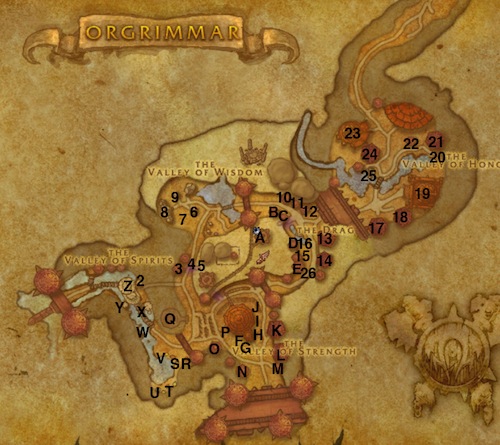 Ross Dawson is an Australian futurist, prolific public speaker and creator of frameworks that assist in understanding trends. I’ve spoken on virtual worlds at a couple of get-togethers he’s organised and he certainly understands the field broadly. He’s recently launched Future of Sex, devoted to the future trends in sex. Virtual worlds feature as a key component but the site covers a lot more than that. Whether it’s interspecies virtual sex, robot unions or teledildonics, the site is focused on covering it.
Ross Dawson is an Australian futurist, prolific public speaker and creator of frameworks that assist in understanding trends. I’ve spoken on virtual worlds at a couple of get-togethers he’s organised and he certainly understands the field broadly. He’s recently launched Future of Sex, devoted to the future trends in sex. Virtual worlds feature as a key component but the site covers a lot more than that. Whether it’s interspecies virtual sex, robot unions or teledildonics, the site is focused on covering it.
Ross himself is up front on one of the main reasons he’s created the site:
As a publisher, we look for where there is a solid business model. Just over 5 years ago now I wrote a blog post about massively multi-player sex games, commenting on the broadening scope of virtual worlds. Since then, continuing until today, I have received thousands of visitors a month to that post from Google searches on related topics. Since we put into the post an affiliate link to the largest virtual sex world Red Light Center we have been making some very healthy pocket money off just that one post.
There’s no doubt virtual sex is only going to grow in both financial and public awareness terms – and as always its likely to drive innovation in virtual worlds as well as push the boundaries in areas such as avatar rights and the right to expression.





Recent Comments